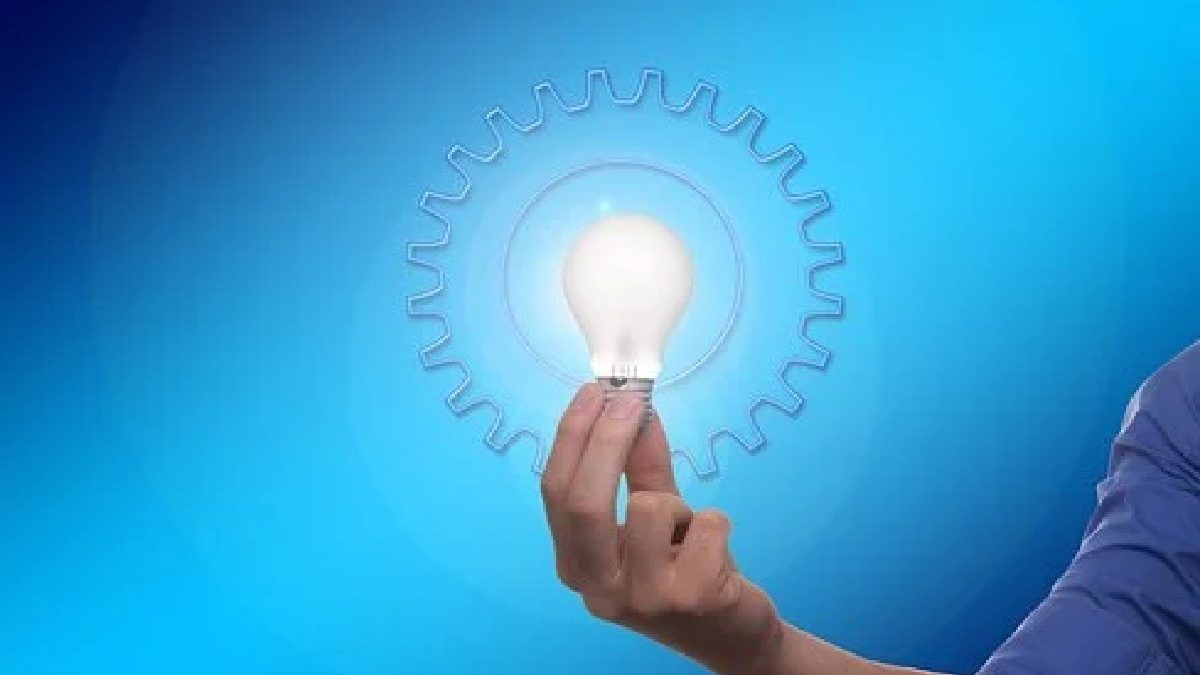Table of Contents
Manage Creativity
Manage Creativity is the preliminary step to carry out an innovative process within organizations. To be creative, it is necessary to have the right environment. When everything dominates by urgency, it is difficult to find the right moment to rethink its establishment.
In this sense, the lack of time is the worst enemy of creativity. Being immersed in the borage of everyday life, stopping to think that by doing our routine differently, we can be more productive and efficient is not easy. In any case, organizations are interested in knowing how creativity adopts.
Creativity responds to mental states of the person that act as enablers or inhibitors of the same:
- Connecting, which facilitates the hybridization of things, is what is called unfocused attention.
- Reasoning, which consciously manipulates our memory.
- Visualizing, thinking in images is an essential part of creativity.
- Absorb, since our environment is a source of ideas, it is necessary to be amazed with what surrounds us to perceive them.
- Transform, a proven fact is that period of anguish or stress favor creativity.
- Evaluating our environment and ourselves is an unavoidable practice to generate new ideas
- Flow, the purpose should be the production of creative material.
Description :
The organization, for its part, must take into account mental states to be able to manage creativity. Defying conventions, IKEA is the ultimate exponent of this approach.
- Encourage collaboration with competitors, interdisciplinary, etc.
- Organizational charts encourage horizontal structures instead of vertical ones.
- Overcome fear within the organization.
- Implement a culture of tolerance for error.
- Encourage creative teamwork.
- Leadership, creative chaos with an executive order.
- Passion, the objective is not for the employee to participate in the creative process but to involve him to achieve fun and excitement with his activity.
Rigid and standardized organizational structures are the least likely to promote creativity, so it is necessary to promote collective participation by eliminating the barriers that prevent people from showing their opinion and proposing new ideas, two of which stand out, intolerance and fear of error.
How to Manage Creativity?
What’s the secret to unlocking the creativity unseen in everyday activities, giving every great idea a chance?
You may think the answer lies in attracting exceptionally creative people to your team or making a suitable investment.
While all of this helps, of course, Linda argues that the key to managing collective creativity is to lead that innovation. It requires a special kind of leader, capable of “unleashing” and harnessing the collective genius of the organization.
Three capabilities of innovative organizations
1. Creative Abrasion
The power to create a market for ideas through debate and discourse. It is not brainstorming in which people suspend their judgment. No, these people know how to have heated discussions, but with constructive arguments to create a portfolio of alternatives. They learn to inquire and listen actively, but they also learn to defend their points of view. They understand that innovation rarely happens unless there is diversity and conflict.
2. Creative Agility
It can test and refine that collection of ideas through quick searching, reflection, and fine-tuning. It is acting rather than planning for the future. However, It is “design thinking” with this exciting combination of the scientific method and artistic process. It is running a series of experiments and not a series of pilots.
Moreover, Experiments are about learning. When they have a negative result, you learn something that you need to know. Pilots often have to do with being right. When they don’t work, someone or something is to blame.
3. Creative Resolution
It has to do with combining even opposing ideas to configure them in new combinations and produce a unique and helpful solution. Innovative organizations never concede to get along. They do not reach compromise solutions. They don’t allow a group or an individual to dominate, even if they are the boss or the expert. Instead, they have developed a patient and more inclusive decision process that allows them BOTH solutions and not some solutions.

